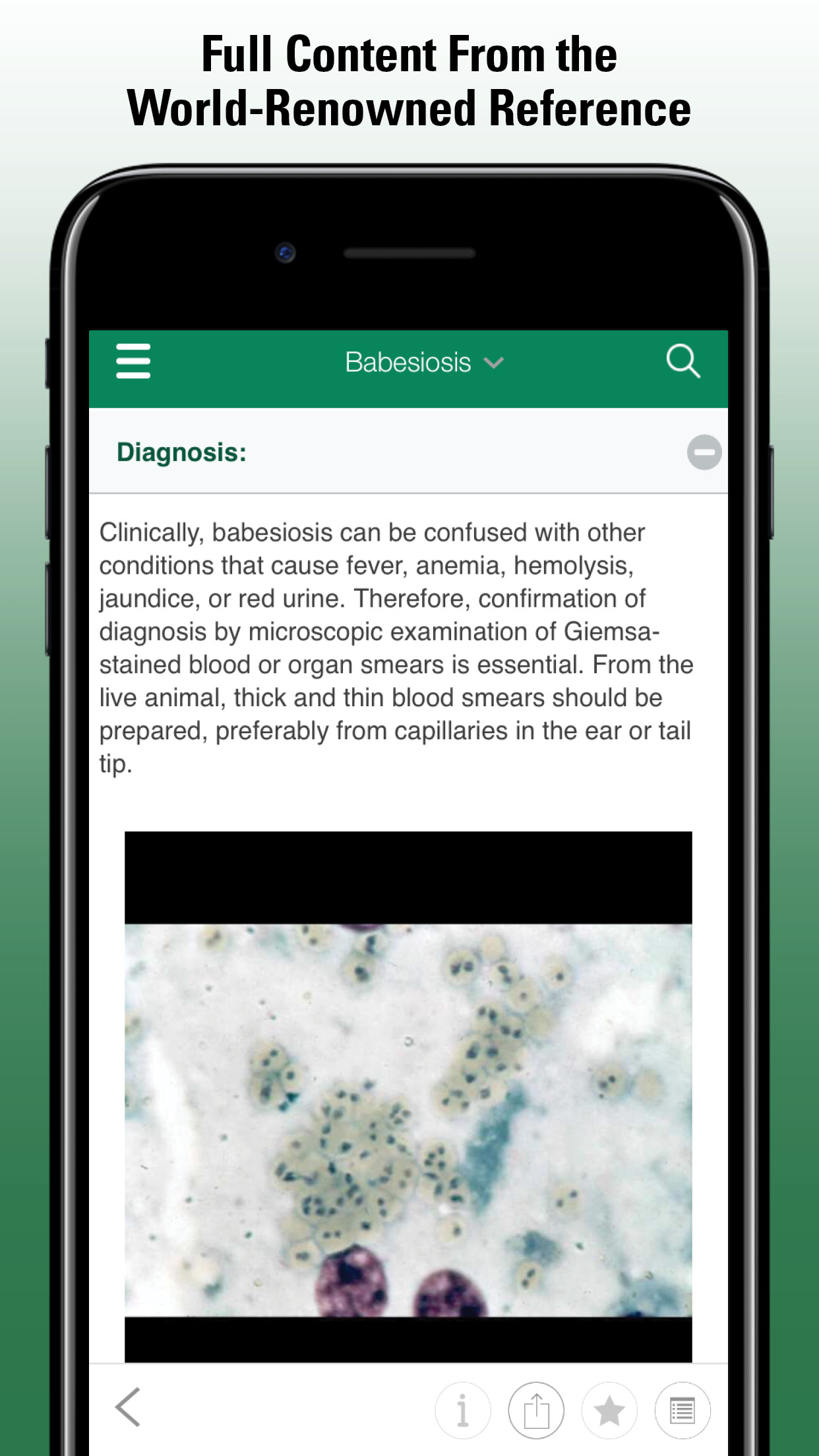Vascular Diseases of the Spinal Column and Cord
- Diseases of the Spinal Column and Cord
- Overview of Diseases of the Spinal Column and Cord
- Degenerative Diseases of the Spinal Column and Cord
- Inflammatory and Infectious Diseases of the Spinal Column and Cord
- Neoplasia of the Spinal Column and Cord
- Nutritional Disorders of the Spinal Column and Cord
- Trauma of the Spinal Column and Cord
- Toxic Disorders of the Spinal Column and Cord
- Vascular Diseases of the Spinal Column and Cord
Fibrocartilagenous Embolism:
Infarction of the spinal cord can be caused by occlusion of spinal cord arteries or veins (or both) with fragments of fibrocartilage, believed to arise from the intervertebral discs. It is seen primarily in adult dogs, especially large and giant breeds. Miniature Schnauzers and Shetland Sheepdogs also may be predisposed. It is rare in cats, horses, and pigs. Affected dogs have an abrupt onset of gait dysfunction, often occurring during activities such as running or jumping. Deficits are referable to a focal, often asymmetric, lesion in the spinal cord and rarely progress past 12 hr. Spinal pain is typically absent.
Diagnosis is based on clinical findings and MRI, which shows focal T2 hyperintensity within the spinal cord with no compressive lesion. In the acute stage, the CSF may have a mild increase in neutrophils and protein concentration. Mildly affected dogs often improve substantially within 1–2 wk. Prognosis is poor if deep pain perception is absent or if there is no improvement within several weeks.
Postanesthetic Hemorrhagic Myelopathy in Horses:
Postanesthetic hemorraghic myelopathy is a rare complication seen in horses positioned in dorsal recumbency under general anesthesia. The cause may be related to impaired venous drainage of the spinal cord due to compression of the caudal vena cava or azygous vein because of the weight of abdominal viscera. There is paraplegia immediately after recovery from anesthesia. Pathologic findings consist of hemorrhagic necrosis of the thoracolumbar spinal cord segments. The prognosis is poor. Positioning the horse slightly tilted off the perpendicular and maintaining adequate blood pressure may help prevent this complication.
Resources In This Article
- Diseases of the Spinal Column and Cord
- Overview of Diseases of the Spinal Column and Cord
- Degenerative Diseases of the Spinal Column and Cord
- Inflammatory and Infectious Diseases of the Spinal Column and Cord
- Neoplasia of the Spinal Column and Cord
- Nutritional Disorders of the Spinal Column and Cord
- Trauma of the Spinal Column and Cord
- Toxic Disorders of the Spinal Column and Cord
- Vascular Diseases of the Spinal Column and Cord




